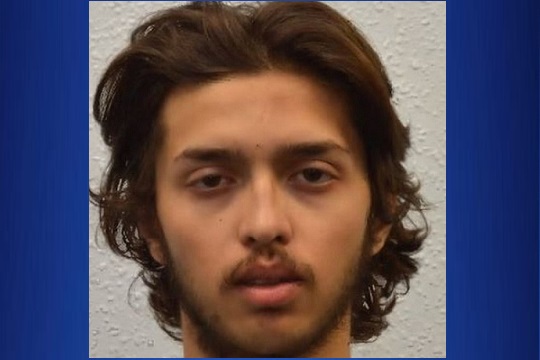
A man shot dead by police after he stabbed people in south London had been released from prison in January.
Sudesh Amman, 20, was released around a week ago after serving half of his sentence of three years and four months for terror offences.
He was under active police surveillance at the time of the attack on Streatham High Road, which police believe to be an Islamist-related terrorist incident.
Three people were injured but none are in a life-threatening condition.
Prime Minister Boris Johnson said the government would announce further plans for “fundamental changes to the system for dealing with those convicted of terrorism offences” on Monday.
He said the government had moved quickly to introduce measures strengthening its response to terrorism, including longer prison sentences and more money for police, following the attack at Fishmongers Hall, near London Bridge, in November.
At the time of Amman’s release there were concerns about the danger he might pose to the public but there were no legal mechanisms to keep him in prison, BBC political correspondent Chris Mason said.
Given November’s attack also involved a convicted terrorist released mid-way through his sentence, our correspondent said there is “a desperate desire” within government to be seen to be acting quickly.
Gunshots were heard on Streatham High Road just after 14:00 GMT on Sunday.
Reports suggest Amman entered a shop and started stabbing people. It appears he then left the shop and stabbed a woman.
Witnesses reported hearing three gunshots and seeing a man lying on the ground outside a Boots pharmacy, as armed police approached and shouted at those nearby to move back.
The Met Police said armed officers – who were part of a “proactive counter-terrorism operation” and were following the suspect on foot – were in “immediate attendance”.
The man had a hoax device strapped to his body, police said.
The BBC’s Daniel Sandford said the events appeared to unfold after witnesses saw an unmarked police car pull in front of another car near Streatham Common, forcing it to stop.
He said this could be linked to the subsequent stabbings and police shooting and it was possible somebody was stopped, before being followed by undercover officers.
London Ambulance Service said it treated the three people for injuries at the scene and all were taken to hospital.
A man in his 40s was initially considered to be in a life-threatening condition but this is no longer the case.
A woman in her 50s whose injuries were not life-threatening has been discharged from hospital.
Another woman in her 20s continues to receive hospital treatment for minor injuries, believed to have been caused by glass following shots from the police.
Police said they were “confident that this is an isolated incident which has been contained”.
Officers from the Met’s Counter Terrorism Command are now leading an investigation into the incident.
Streatham High Road remains closed and a cordon is in place, with enhanced police patrols in the area.
Eyewitness Gjon Kathegjolli said he was in a barber shop when he heard a woman, who was with a baby in a push chair and two young boys, scream and saw her being stabbed.
A man then walked past carrying a knife the size of his forearm, he said.
Daniel Gough said he was out for a run when he heard shots and everyone ran.
“There was panic, people were yelling,” he said. “A young girl running alongside me kept asking ‘Is this what I’m meant to do?’ – she was very distressed.
“I saw a policeman and he yelled, telling everyone to get back. His gun was pointing in the direction of a man on the floor.”
Adam Blake, who was walking along Streatham Common, described how he saw two or three cars crash into each other, including an unmarked police car, as the incident unfolded.
“Another police car carried on towards the hill pursuing someone,” he told the BBC.
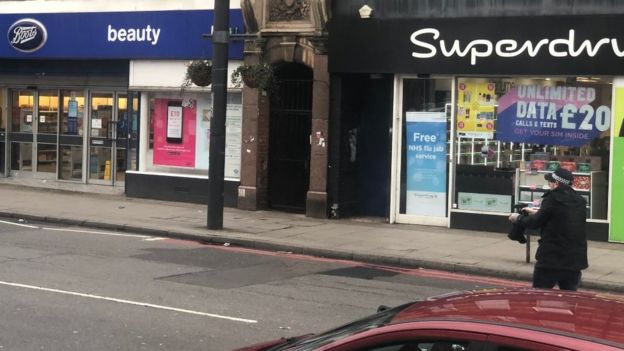
Home Secretary Priti Patel said the attacker had “some clear history in relation to counter-terrorism offences”.
“It’s right that these individuals are kept behind bars and we need to stop their early release from prison,” she said.
The prime minister said his thoughts were with those injured and their loved ones and he paid tribute to the “speed and bravery” of emergency services who responded.
Mayor of London Sadiq Khan said: “Terrorists seek to divide us and to destroy our way of life – here in London we will never let them succeed.”
Police are appealing for information, images and footage of the incident which can be shared via www.ukpoliceimageappeal.com or on 0800 789 321.
Who was Sudesh Amman?
By BBC home affairs reporter Daniel De Simone
Sudesh Amman pleaded guilty in November 2018 to six charges of possessing documents containing terrorist information and seven of disseminating terrorist publications.
One of the manuals Amman admitted owning was “Bloody Brazilian Knife Fightin’ Techniques”.
He was jailed at the Old Bailey the following month for three years and four months.
I was there and recall Amman smiling as he was sentenced.
Amman was first arrested in north London in May 2018 by armed officers on suspicion of planning a terrorist attack.
He had come to the attention of counter-terrorism police in April that year when officers were made aware of postings on the Telegram messaging app.
The posts included a photo showing an image of a knife along with two firearms on a Shahada flag along with Arabic words meaning: ‘Armed and ready April 3’.
Analysis
By BBC home affairs correspondent Tom Symonds
The swift response of officers has almost certainly saved lives but there will be inevitable questions about the operation.
It has not been confirmed they were specifically following the man but they appear to have reacted fast when he started attacking people with a knife.
Counter-terrorist police and MI5 have around 3,000 so-called “subjects of interest” at any one time but a much smaller number are under round-the-clock surveillance because it takes a huge team of specialist officers to watch a suspect covertly.
This means that preventing terrorism is all about taking difficult decisions. Which suspects should be watched? What level of risk do they pose and when is the best time to make an arrest, given the need to capture real evidence?
Those decisions have become harder in recent years as would-be attackers are increasingly likely to act alone and to use low-tech weapons, sometimes on a whim.
Source: bbc.co.uk



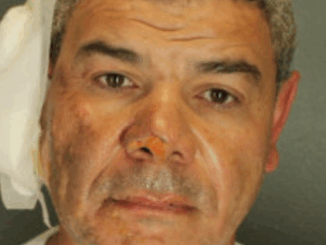
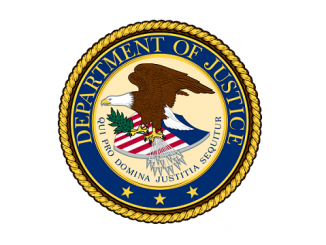
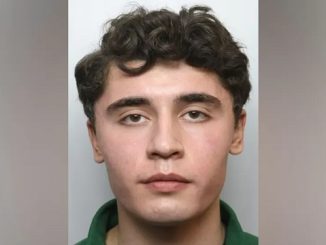
Be the first to comment